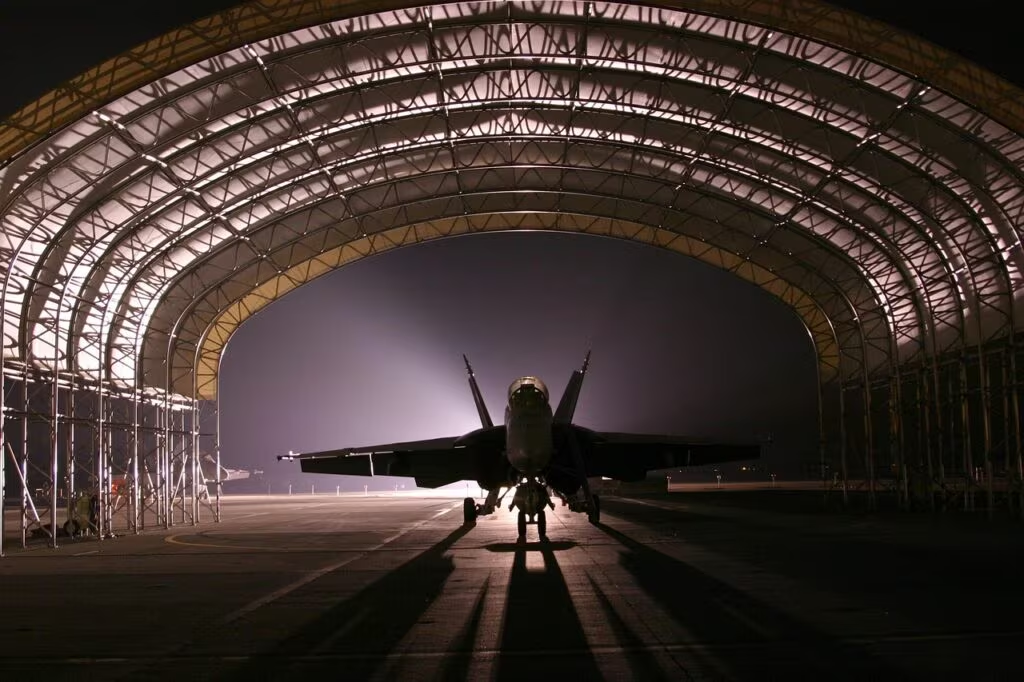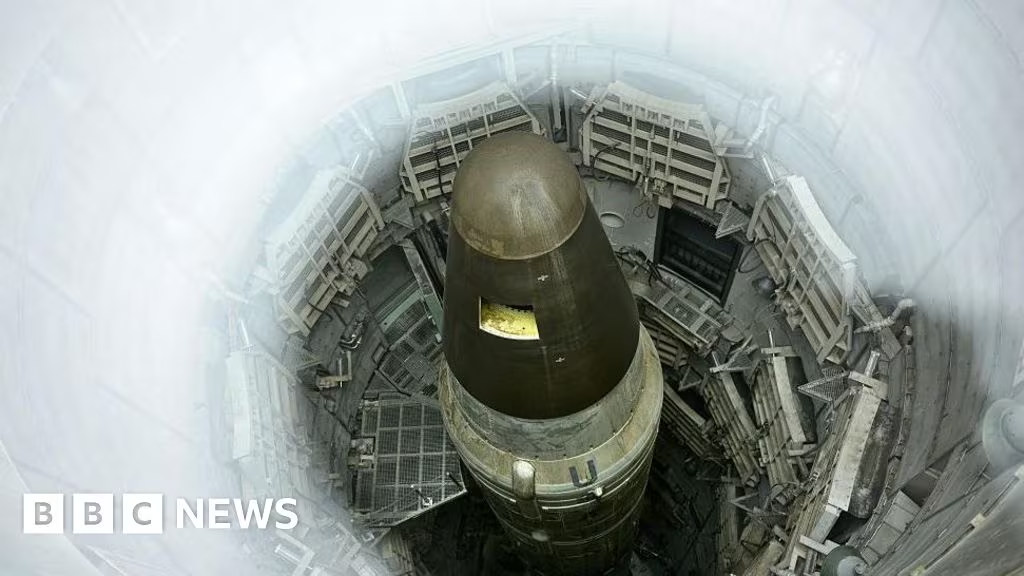Donald Trump Advocates for Renewed Nuclear Testing Citing Russia and China
Former President Donald Trump has publicly called for the United States military to resume testing its nuclear weapons, a move that would end a voluntary moratorium upheld by Washington for more than three decades. The controversial proposal, articulated during a recent address, was framed as a necessary measure to ensure American nuclear parity, based on the assertion that rival powers, specifically Russia and China, are already conducting their own tests.
Trump’s statement directly challenges the long-standing international consensus against nuclear explosive testing, potentially triggering a new global arms race and dismantling the non-proliferation framework established since the Cold War.
“Because of other countries testing, we have to keep pace. We have to be ready,” the former President stated, emphasizing a need for the US to demonstrate capability and readiness in response to perceived foreign activity.

The Rationale: Claims of Foreign Testing
The central premise of the call for resumption rests on the unverified claim that Russia and China are secretly conducting nuclear tests. While US intelligence agencies have previously expressed concerns regarding potential low-yield or non-explosive testing activities near known sites in both nations, the official assessment generally holds that neither country has violated the zero-yield standard—the threshold for full nuclear explosive testing—since the early 1990s.
Trump’s argument suggests that the US must abandon its current restraint to avoid falling behind technologically and militarily. This perspective views the moratorium not as a diplomatic achievement, but as a strategic vulnerability.
Key Arguments Supporting Resumption:
- Parity and Deterrence: The belief that resuming testing is essential to maintain a credible deterrent and signal strength to adversaries.
- Technological Assurance: Ensuring the reliability and effectiveness of the existing US nuclear arsenal through physical testing, rather than relying solely on computer simulations.
- Response to Alleged Violations: Reacting to the unconfirmed, yet persistent, claims that Russia and China are conducting low-level tests.
The US Moratorium: A 33-Year History
The United States last conducted a full-scale nuclear explosive test in September 1992, under President George H.W. Bush. This test, code-named Divider, marked the end of an era of atmospheric and underground detonations that began in 1945.
This voluntary moratorium was later formalized by the signing of the Comprehensive Nuclear-Test-Ban Treaty (CTBT) in 1996. The CTBT bans all nuclear explosions for both military and peaceful purposes. While the US signed the treaty, the Senate has never ratified it, leaving the US technically free to resume testing, although doing so would carry enormous diplomatic costs.
The Role of Stockpile Stewardship
Since 1992, the US has maintained the safety and reliability of its nuclear arsenal through the Stockpile Stewardship Program (SSP). This program relies on advanced scientific methods, including:
- High-Performance Computing: Using supercomputers to simulate nuclear explosions and predict the aging of warhead components.
- Subcritical Experiments: Non-nuclear tests conducted underground at the Nevada National Security Site (NNSS) (formerly the Nevada Test Site). These experiments use chemical explosives to study plutonium behavior without reaching a critical mass, thus adhering to the CTBT’s zero-yield definition.
- Component Replacement and Modernization: Replacing aging parts of warheads to extend their operational life.
Experts within the scientific community generally agree that the SSP has successfully ensured the reliability of the current arsenal without the need for explosive testing. Resuming testing would be a costly and scientifically unnecessary step, according to many nuclear physicists.

Geopolitical Fallout and Treaty Collapse
If the US were to resume nuclear explosive testing, the geopolitical consequences would be immediate and severe, potentially leading to the collapse of decades of non-proliferation efforts.
Impact on Global Security Architecture:
- CTBT Erosion: Although the US has not ratified the CTBT, its adherence to the moratorium has been a powerful international norm. Resumption would likely lead other non-ratifying nations, such as India, Pakistan, and North Korea, to feel justified in conducting their own tests.
- Arms Race Acceleration: Russia and China would almost certainly respond in kind, accelerating a quantitative and qualitative arms race that the moratorium was designed to prevent.
- Diplomatic Isolation: The US would face widespread condemnation from allies and non-nuclear states, severely damaging its standing as a leader in global security and non-proliferation.
Furthermore, the move would complicate the already fragile relationship surrounding the New START Treaty, the last major nuclear arms control agreement between the US and Russia, which governs the deployment of strategic nuclear weapons.
Historical Precedent
Only one nation has conducted a nuclear explosive test in the 21st century: North Korea. The international community has consistently applied severe sanctions and diplomatic pressure in response to these tests. A US resumption would undermine the moral and diplomatic authority used to pressure Pyongyang and Tehran regarding their nuclear ambitions.

Key Takeaways
Mr. Trump’s proposal represents a fundamental challenge to the post-Cold War nuclear order. The critical points for readers to understand are:
- Policy Shift: The proposal would end the 33-year US moratorium on full-scale nuclear explosive testing, last conducted in 1992.
- Justification: The rationale is based on the need to counter alleged, though unverified, testing by Russia and China.
- Treaty Status: The US signed but never ratified the CTBT, meaning the resumption is legally possible but diplomatically catastrophic.
- Current Reliability: The US nuclear arsenal is currently maintained through the Stockpile Stewardship Program, which uses advanced simulations and subcritical experiments, rendering explosive testing scientifically unnecessary for reliability.
- Global Impact: Resumption would likely trigger a new global arms race and severely undermine international non-proliferation efforts.
What’s Next
Any official decision to resume nuclear testing would require extensive preparation, including the allocation of billions of dollars and months of work at the Nevada National Security Site. The political debate surrounding this proposal will intensify, forcing US military and scientific leaders to publicly address the technical necessity and geopolitical risks associated with abandoning the long-standing moratorium. The international community, particularly key allies in Europe and Asia, will be closely monitoring the discussion for any signs of concrete policy movement that could destabilize global security.
Originally published: October 30, 2025
Editorial note: Our team reviewed and enhanced this coverage with AI-assisted tools and human editing to add helpful context while preserving verified facts and quotations from the original source.
We encourage you to consult the publisher above for the complete report and to reach out if you spot inaccuracies or compliance concerns.

